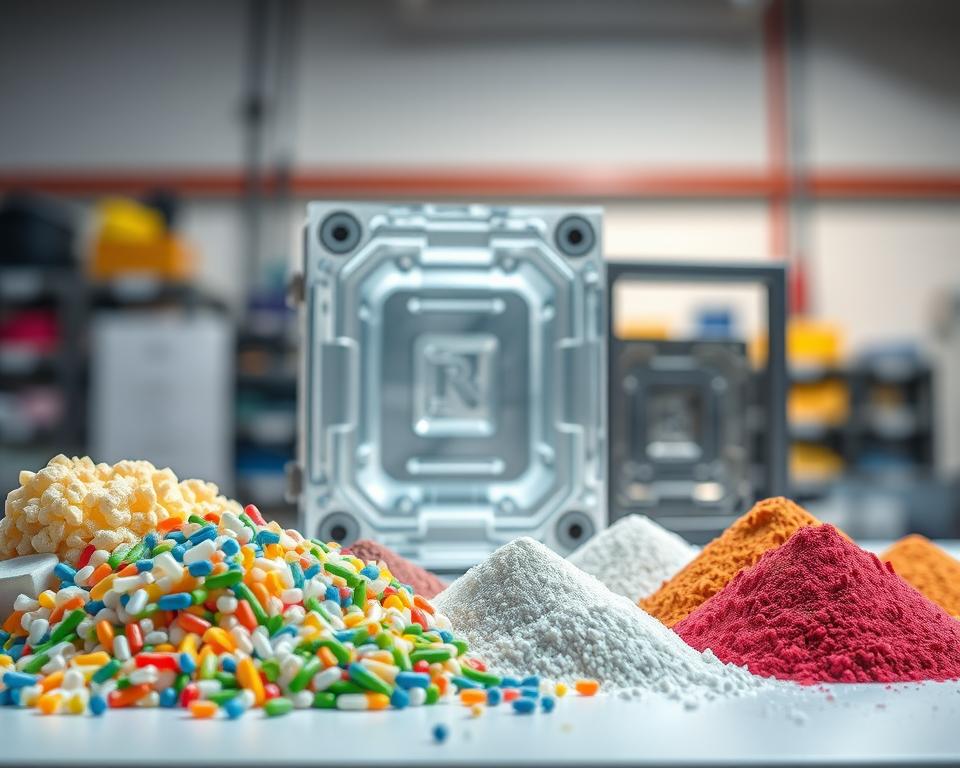China Injection Molding Sourcing: A Complete Guide
Well, the major meeting has just concluded. your new project has the green light, the timeline is aggressive, and the budget is… well, let’s just say it’s tight.. Then a voice—perhaps your manager or the CFO—drops the line that gives every project manager a shock: “We should look at sourcing this from China.”
Of course, you acknowledge. On paper, it’s logical. The potential savings can be massive. However, your brain is racing with concerns. You know the rumors, don’t you? The quality disasters, the communication black holes, the shipment that shows up three months late looking nothing like the sample. It’s like balancing on a tightrope between a massive cost advantage and project disaster.
However, here’s the reality. Sourcing China injection molding doesn’t have to be a gamble. It’s simply another project with clear steps. And its outcome hinges on the approach you take. It’s less about finding the absolute cheapest quote and more about finding the right partner and managing the process with your eyes wide open. Disregard those scary tales. Let’s go through a step-by-step guide to succeed.

Initial Step: Prepare Your Information
Before you even whisper the word “supplier” or open a browser tab to Alibaba, you need to get your own house in order. Truthfully, over fifty percent of offshore sourcing issues originate in an unclear project brief. You cannot expect overseas partners to interpret your unspoken requirements. Sending a vague request is like asking a builder to quote you for “a house.” You’ll get wildly varied quotes that are useless.
Aim to craft an RFQ package so precise and comprehensive it leaves no room for error. This becomes the bedrock of your sourcing project.
What belongs in your RFQ?
Begin with 3D CAD models. They cannot be skipped. Use standard formats such as STEP or IGS to ensure compatibility. This is the master blueprint for your part’s geometry.
But 3D isn’t enough. You also need detailed 2D drawings. Here you specify what 3D can’t show. Examples include tolerances (e.g., ‘25.00±0.05 mm’), material grade, surface finish requirements, and functional callouts. If a specific surface needs to be perfectly smooth for a seal, or a particular hole diameter is vital for an assembly, your 2D drawing needs to shout it from the rooftops.
Next up, material. Don’t just say “Plastic.” Don’t even just say “ABS.” Get precise. Call out SABIC Cycolac MG38 (black), for example. Why? Because there are thousands of plastic variations. Naming the precise grade locks in the mechanical, thermal, and aesthetic properties you need with plastic mold injection.
Your supplier might propose substitutes, but you must set the baseline.
Lastly, add your business data. State your EAU. You must specify if it’s a 1K-part tool or a 1M-part production run. Tool style, cavity count, and unit cost are volume-driven.
Finding the Right Supplier
With your RFQ perfected, who will you target? The web is vast but overwhelming. Locating vendors is easy; vetting them is the real challenge.
Begin on popular marketplaces such as Alibaba or Made-in-China. They let you survey dozens of suppliers quickly. Treat them as initial research tools, not final solutions. Narrow your pool to about a dozen promising firms.
Still, you must dig deeper. Consider using a sourcing agent. They do cost extra. Yet top agents deliver reliable, audited suppliers. They bridge language and cultural gaps. For a first-time project, this can be an invaluable safety net. Consider it timeline insurance.
Another classic method? Trade shows. If you have the travel budget, attending a major industry event like Chinaplas can be a game-changer. In-person meetings trump emails. Inspect prototypes, interview engineers, and sense their capabilities. Also, leverage the tried-and-true referral network. Consult trusted colleagues. A solid referral can be more valuable than any ad.
Sorting the Contenders from the Pretenders
With your RFQ dispatched to dozens of firms, the quotes will start trickling in. Some will be shockingly low, others surprisingly high. Your job now is to vet these companies and narrow it down to two or three serious contenders.
How do you do that? It’s a bit of an art and a science.
Step one: audit communication. Is their turnaround swift and concise? Can they handle detailed English exchanges? But here’s the real test: Are they asking you intelligent questions? A great supplier will review your RFQ and come back with thoughts. “Have you considered adding a draft angle here to improve ejection?” or “We see your tolerance requirement here; our CMM can verify that, but it will add to the inspection time. Is that acceptable?” Consider that a big green light. It shows they’re engaged and experienced. A “Sure, no issues” vendor often means trouble.
Afterward, verify their technical arsenal. Request their machine list. Seek samples or case studies of comparable projects. If you’re making a large, complex housing, you don’t want a shop that specializes in tiny gears.
Next up: the factory audit. Skipping this is a mistake. Just as you interview hires, audit suppliers. You can travel or outsource a local inspector. They perform a one-day factory inspection. They confirm legitimacy, audit ISO 9001, inspect equipment condition, and gauge the facility. It’s a tiny cost for huge peace of mind.
Transforming CAD into Real Parts
After picking your vendor, you’ve negotiated the price and payment terms—a common structure is 50% of the tooling cost upfront to begin work, and the final 50% after you approve the first samples. Then comes the real action.
Your supplier’s first deliverable is a DFM analysis. Design for Manufacturability (DFM) is essential. It’s the engineering critique for moldability. They’ll flag thick sections prone to sink, sharp edges that stress, or insufficient draft. Comprehensive DFM equals a top-tier supplier. It becomes a joint effort. You work with their engineers to refine the design for optimal production.
With DFM sign-off, toolmaking begins. A few weeks later, you’ll get an email that will make your heart beat a little faster: “T1 samples have shipped.” These represent the first trial parts. They are your moment of truth.
Be prepared: T1 samples are almost never perfect. This is normal! You’ll find minor defects, off-spec dimensions, or finish issues. You critique, they refine, and T2 plastic mold company parts arrive. This process might take a couple of rounds. The key for you, as the project manager, is to have this iteration loop built into your timeline from the start.
Finally, a flawless part arrives. It matches all specs, has a pristine finish, and works as required. This is your golden sample. You ratify it, and it becomes the quality yardstick for production.
Final Steps to Mass Production
Getting that golden sample feels like the end, but it isn’t. Next up: mass manufacturing. How do you ensure that the 10,000th part is just as good as the golden sample?
You need a clear Quality Control plan. Often, you hire a pre-shipment inspection service. Use a third-party inspector again. They’ll sample parts, check dimensions and finish versus your drawings and golden sample, and report. They’ll send you a detailed report with photos and measurements. Once you sign off, you greenlight shipping and the last payment. This step saves you from a container of rejects.
Finally, think about logistics. Understand the shipping terms, or Incoterms. Is your price FOB (Free On Board), meaning the supplier’s responsibility ends when the goods are loaded onto the ship in China? Or EXW, shifting all transport to you? These choices hugely affect landed cost.
Sourcing from China is a marathon, not a sprint. It relies on partnership-building. View them as allies, not vendors. Transparent dialogue, respect, and process discipline win. Certainly, it’s complex. But with this roadmap, you can succeed, achieve savings, and maintain quality. You’ve got this.
